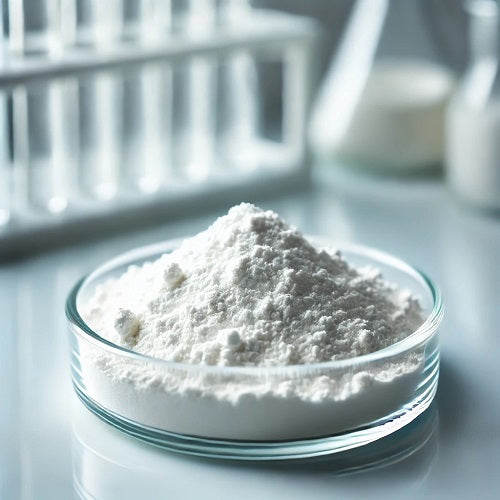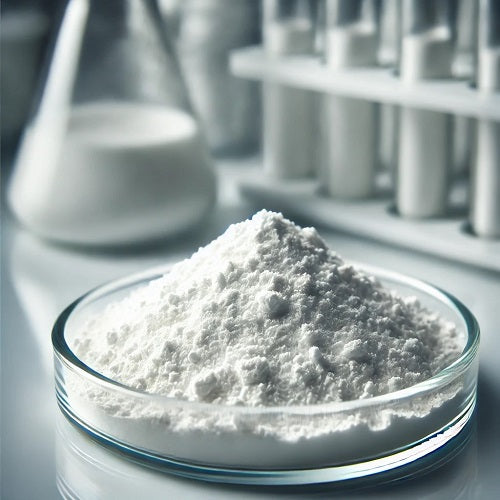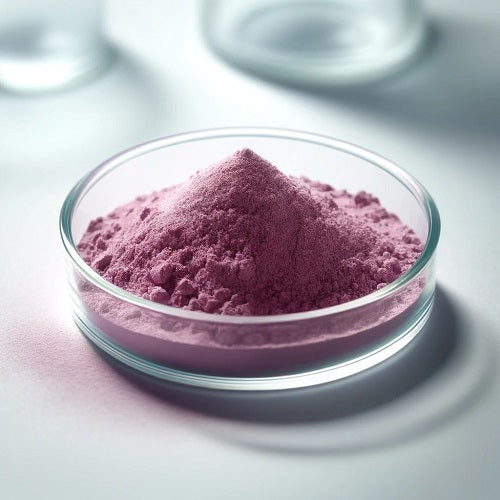Menu
LOOKING FOR BULK INGREDIENTS PRICING?

Shop- 100% Pure Mimosa Hostilis Root Bark For Sale
Unlocking the Secrets of Mimosa Hostilis Root Bark
Mimosa Hostilis, scientifically known as Mimosa tenuiflora, is a revered tree native to South America, especially Brazil and Mexico. This plant has been treasured for centuries, particularly for its root bark, which holds a wealth of traditional, medicinal, and practical uses. In this blog, we'll dive into the intriguing world of Mimosa Hostilis Root Bark, its benefits, traditional applications, and why it's making waves in modern herbalism and natural living.
What is Mimosa Hostilis Root Bark?
Mimosa Hostilis Root Bark (commonly abbreviated as MHRB) comes from the lower section of the tree, known for its potent chemical composition. The bark is fibrous, aromatic, and often processed into powder or chips to be used in various applications. It's rich in tannins, flavonoids, alkaloids, and other bioactive compounds that contribute to its wide range of benefits.
Historical and Cultural Significance
Mimosa Hostilis has a long-standing history of use among indigenous tribes for both spiritual and healing purposes. Shamans have used it in rituals for its visionary properties, while healers have turned to it as a natural remedy for skin conditions, wounds, and infections.
Uses and Benefits of Mimosa Hostilis Root Bark
1. Wound Healing and Skin Care
Thanks to its antimicrobial, antifungal, and regenerative properties, Mimosa Hostilis root bark is a powerful natural remedy for treating cuts, burns, scars, and skin irritations. It's often found in homemade salves, soaps, and skincare formulations.
2. Natural Dyeing
The root bark produces a deep, rich purple or reddish hue when boiled, making it a popular natural dye for textiles and leather. Artisans appreciate its eco-friendly and vibrant dyeing potential.
3. Soothing Inflammation
Traditional medicine uses MHRB to calm inflammation internally and externally. Its natural compounds may assist with relieving symptoms of conditions like eczema, psoriasis, and insect bites.
4. Spiritual and Ceremonial Use
In some cultures, Mimosa Hostilis has been used ceremonially due to the presence of psychoactive compounds when properly extracted. These traditional uses are often conducted under the guidance of experienced practitioners.
How to Use Mimosa Hostilis Root Bark
-
Powder Form: Great for skincare recipes, tinctures, and dye preparation.
-
Chips Form: Ideal for infusions, decoctions, and natural dye extraction.
-
Topical Applications: Infuse in oils or create pastes to apply directly to the skin.
Sustainability and Ethical Sourcing
Due to increasing global demand, ethical harvesting of Mimosa Hostilis is crucial. Look for sources that support sustainable wildcrafting and fair trade practices to ensure the plant’s survival and the well-being of local communities.
Final Thoughts
Mimosa Hostilis Root Bark is a botanical powerhouse, bridging ancient wisdom and modern wellness. Its diverse benefits—from skin healing to natural dyeing and beyond—make it a valuable addition to any natural health toolkit. Whether you're a herbalist, artisan, or simply curious about plant-based living.
For bulk orders and inquiries, visit Reveda - Mimosa Hostilis Bark Chips
BUY ONLINE IN USA FROM REVEDA - The leading manufacturer B2B Bulk Wholesale Supplier of Mimosa Hostilis Bark Chips
Also in Reveda: Health & Wellness
SUBSCRIBE NOW ...
Don't miss to get latest updates on sales, new releases and promotions


